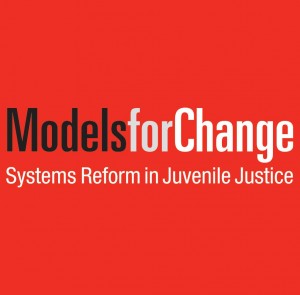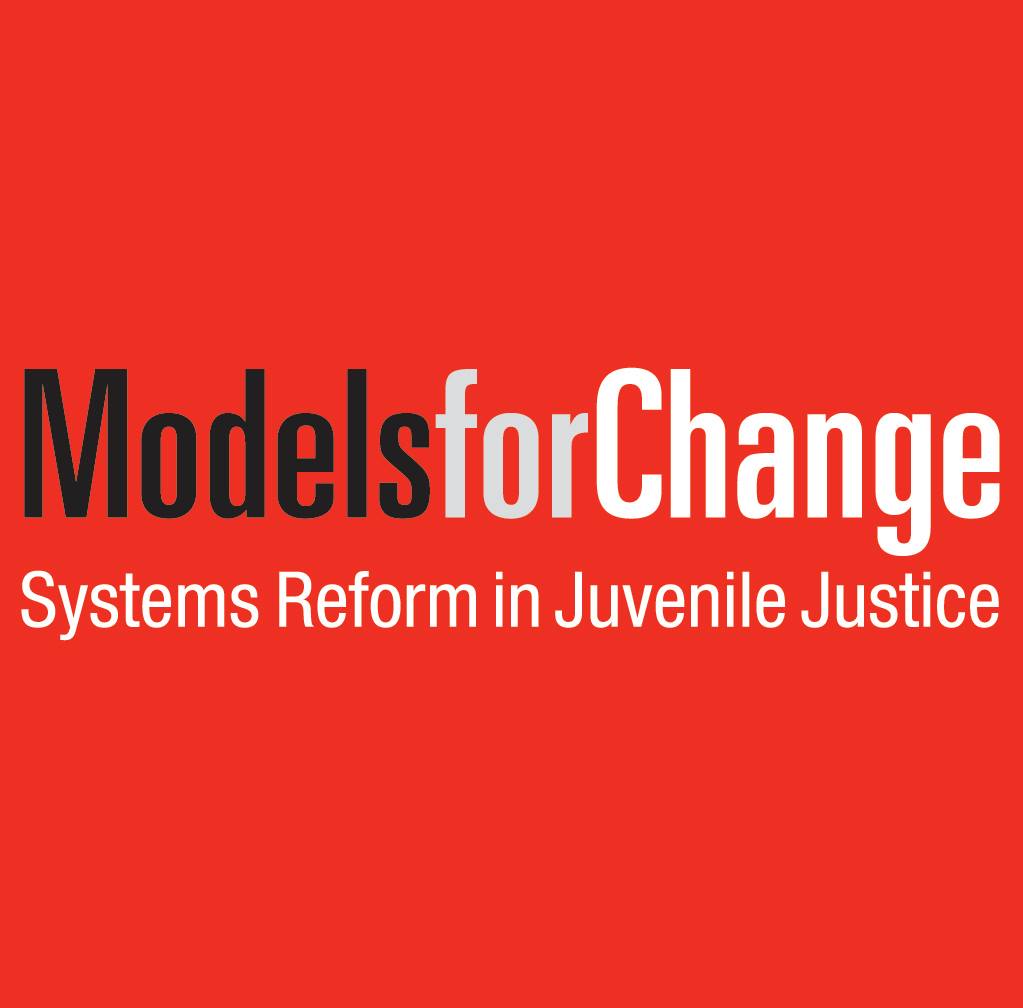A Second Chance for Justice
By Leticia Tomas Bustillos, Associate Director, Education Policy Project, NCLR
 Several years ago I attended a dedication ceremony for a new grant-funded program that would enable young men to acquire valuable skills in the trades: electrical work, plumbing, cabinetry, and others. As I walked around the cavernous room looking at the impressive displays of student work, I had to remind myself that I was at a juvenile detention center and that the 20 students in brown jumpsuits had been incarcerated for various offenses. What was not so difficult to forget were the faces of the incarcerated—all young men of color.
Several years ago I attended a dedication ceremony for a new grant-funded program that would enable young men to acquire valuable skills in the trades: electrical work, plumbing, cabinetry, and others. As I walked around the cavernous room looking at the impressive displays of student work, I had to remind myself that I was at a juvenile detention center and that the 20 students in brown jumpsuits had been incarcerated for various offenses. What was not so difficult to forget were the faces of the incarcerated—all young men of color.
At this particular facility the statistics painted a bleak picture: over half of the young men were Latino and nearly one-quarter were Black. Of those, as many as 40 percent were identified as special needs and 40 percent were English language learners. These statistics are not unique to this setting, but rather evident in national figures which show that Latinos represented nearly one-quarter of all juvenile offenders in a residential facility in 2011. In fact, research indicates that Hispanics are 16 percent more likely than their counterparts to be adjudicated delinquent, 28 percent more likely to be detained, and 43 percent more likely to be waived to the adult system. More recent research of national trends suggests that despite juvenile justice reforms in the last decade, young men of color are more likely to be remanded to secure facilities, thus composing the largest population under confinement.
Keep up with the latest from UnidosUS
Sign up for the weekly UnidosUS Action Network newsletter delivered every Thursday.
How these high-school-aged youth landed in the detention center I can only imagine, as our conversations were limited to their projects, the courses they were taking to acquire new skills, and what they hoped to do with these skills. What we do know is that systems which aim to be fair, such as our education and criminal justice systems, can perpetuate and exacerbate challenges unique to Latino youth, who are at tremendous risk of failing academically and falling prey to dangerous social situations, including drug abuse and gang affiliation. Data from the U.S. Department of Justice Civil Rights Division make evident that Latino youth are more likely than their peers to be suspended and expelled from our schools. Such outcomes may be explained by overexposure to under-resourced, overcrowded schools with teachers and counselors who are often ill-equipped to address the unique academic, financial, cultural, and socioemotional challenges these students face daily.
Despite the bleak picture, however, there is reason for hope. The skill-building program in this California juvenile detention center provides youth with practical experiences that would yield gainful employment upon release or, for those returning to school, credits toward graduation. In Philadelphia, Men In Motion In the Community (MIMIC) offers guidance and assistance to Latino youth who are at risk of dropping out of school or having contact with the juvenile justice system. Across the country, the Models for Change initiative has spearheaded investments in key areas of reform for the Latino community, including aftercare, community-based solutions, and dual-status youth, to name a few. Above all, with the support of the John D. and Catherine T. MacArthur Foundation, Models for Change aims to reduce racial and ethnic disparities and promote a more fair juvenile justice system.
Latinos in our country account for 16 percent of the total population, and by 2035 one out of every three U.S. residents will be Latino. Today, 34 percent of Latinos are under the age of 18 and one in four students in K–12 schools in the U.S. is Latino. The future of our nation depends more on the potential of Latino children than ever before. While reform does not happen overnight, we can enact practices and funding mechanisms to support efforts that prevent our youth from engaging in risky behaviors, urging them to instead focus on academic and social pursuits that lead to safe, healthy, productive futures. For youth who are currently in the system, practitioners can implement high-quality educational and vocational programs that deliver skills applicable to the 21st-century workplace.
The focus must therefore be on educating young people and not always on incarcerating them. These kinds of programs support positive youth development, reduce the likelihood of recidivism, and facilitate the integration of youth back into our communities. However, it is imperative that community leaders and law enforcement work together to replace the image of a juvenile “justice” system that solely punishes with one that allows youth to correct their mistakes and envision a more hopeful future.
The young men I spoke with talked about becoming plumbers, carpenters, and electricians and even building their own homes. Others talked about the importance of reading their builder’s manual and how they had to improve their math and reading skills to get through their courses. Still others, who had never experienced academic success in a traditional setting but now have found it, talked about going to college for the very first time. These young men of color did not speak of reform or even change; they talked of second chances and new opportunities. Through reform, we can give them both in the name of justice.


